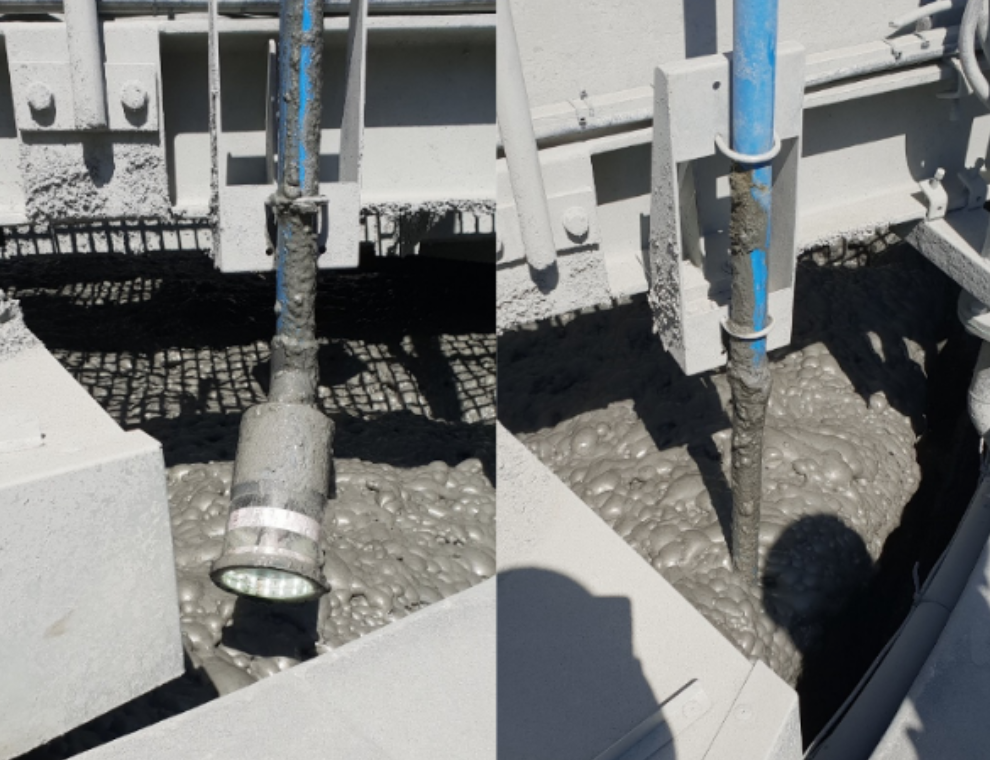IM recently caught up with Nalco Water, an Ecolab company, on three digital solutions it has developed cutting across three mining application areas – flotation analysis, process water monitoring, and flocculant dosing optimisation.
Flotation is a critical process in many minerals and metals mining operations. A common challenge for these operations is variability in the ore composition and the plant operational conditions, often resulting in decreased mineral recovery and/or concentrate grade. Nalco Water and Stone Three Digital developed a state-of-the-art program called Flotation 360. This program is described as a comprehensive offering that combines powerful chemistry, technical service, and actionable feedback powered by innovative digital technology.

“Flotation 360 gives us a window into the flotation process we’ve never had before,” says Chris Greulich, Vice President Flotation. “By combining cutting-edge sensor inputs with mineralogy, process data and a proprietary algorithm, we’re able to dynamically optimise flotation hydrodynamics. The result is a step-change in our ability to maximise reagent performance and drive overall flotation performance to new levels.”
It begins with selecting the right collectors and frothers to maximise recovery and grade to meet plant-specific requirements. The next step is Smart Sensor technology from Stone Three Digital that enables a suite of measurements used to monitor plant performance. The in-situ pulp sensor offers a groundbreaking view inside the flotation cell – Nalco Water says providing the first-ever feed-forward visualisation of bubble generation and mineral loading, as well as monitoring parameters such as bubble size, Jg, and gas holdup.
Automated digital analytics and diagnostics monitor the chemical, mechanical and operational impacts on flotation performance in real time. Machine learning-based decisions provide predictive and contextual insights into the flotation circuit to address challenges and optimise flotation productivity.
A global network of technical consultants and labs ensure continued support with local knowledge of each customer’s operational and environmental needs. When there are ore changes in the mine, this team of experts is available to conduct testing and help mitigate the impact of ore changes before they occur. By combining all of these tools and resources into one offering, Flotation 360 provides real-time and forward-looking optimisation of customer operations.
Moving on to process water, whose quality plays a big role in mineral processing. If these waters are not treated properly, scaling events can reduce throughput, cause additional downtime and increase labor costs to clean piping, heat exchangers, and other equipment. It may also reduce the equipment lifespan. To help tackle water quality challenges, Nalco Water has developed the Mining Optimizer, a proprietary scale control modelling software tool.
Water analyses are conducted from samples pulled at one or more locations in the process. These analyses are used by the Mining Optimizer to determine the right product and dosing, to troubleshoot operational problems, and to evaluate water management practices to reduce the risk of scaling.
Nalco Water told IM: “What sets the Mining Optimizer apart from other predictive programs used for cooling water and other utility-based processes is its ability to correctly handle alkalinity for systems with a pH above 10. The Mining Optimizer can model the impact of reagent additions such as cyanide, lime, and caustic. It models residence times based on mining processes instead of cooling water circuits. It also has the power to analyse and model the blending of process waters from various sources.
A large American copper mine identified a new water source. The Mining Optimizer identified scale caused by magnesium precipitation in the high pH flotation cells. The alternate water source and blend ratios were evaluated. The Optimizer identified how the risk of scaling could be significantly reduced. The site approved CAPEX to route the new water source to the plant. As a result, the antiscalant dosage was reduced by 33% or approximately US$400,000 in annual savings while also reducing the risk of scaling.
Finally, reusing and recycling process water back into the plant is becoming even more important as specific regions of the world face water scarcity concerns and companies increasingly identify specific water reduction targets as part of their sustainability goals. The thickeners in a plant help separate the fine particles from the used process water to allow this water to be reused in the plant. Because plant conditions change continuously, reagents used to aid solid/liquid separation must be adjusted frequently to avoid upsets or shutdowns. Because manual dosing is done reactively by operators, the thickener will underperform during periods where reagents are overfed or underfed.

The Nalco Water STORM unit uses a proprietary automation system to optimise flocculant and coagulant dosages. A sample is drawn from the centre well of the thickener into a cylinder within the STORM unit. Once the cylinder is full, the solids begin to settle as they would in the thickener. Sensors measure the settling rate and turbidity and use these key parameters to constantly adjust and monitor the reagent dosages. This will tend to reduce the average chemical dosage usage. More importantly it provides more consistent and cleaner water back to the process for improved plant efficiency.
The post Nalco Water brings innovative digital technologies to mining appeared first on International Mining.

